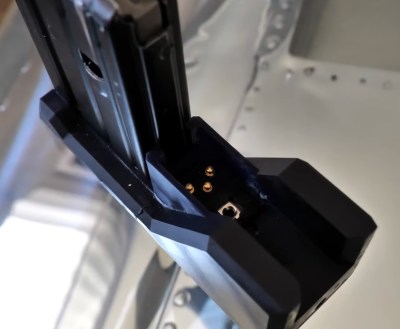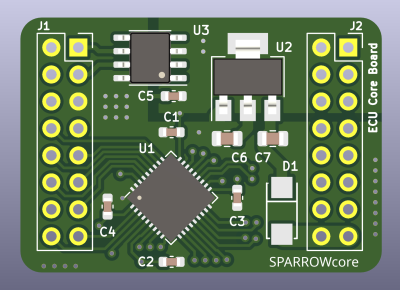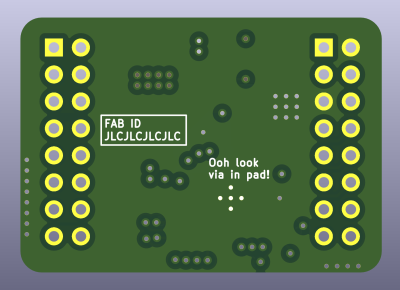We’ve just been shown a creation that definitely belongs on the list of impressive videogame replicas. This BR55 rifle built by [B Squared Mfg] not only looks exactly like its in-game Halo 2 counterpart, it’s also a fully functional firearm chambered in 5.56. The attention to detail even brings us a game-accurate electronic ammo counter.

Unfortunately, the only information we have on the weapon currently is the video below. But he does at least go into detail about the practical aspects: caliber choice, the arduous journey of bolt carrier sourcing, and how the ammo counter works.
Each magazine has a potentiometer built into it to detect the number of rounds loaded, but there’s a bit of trickery involved. In the real world, there’s no way a magazine this size could hold the 36 rounds of ammunition depicted in the game, so for each shot fired, the counter subtracts three. It takes a little imagination, but this way it looks as close to the game version as possible.
There will be no published files due to legal concerns, but there’s nothing you couldn’t build yourself, as long as said legal concerns are sorted out for yourself. Depending on where you live, you might have to settle for building a Gauss gun in the same frame, we’ve even seen slimmer ones done commercially. Whatever you build, make sure you store it in a way others can’t access it easily — not all gun safes pass this test.


















